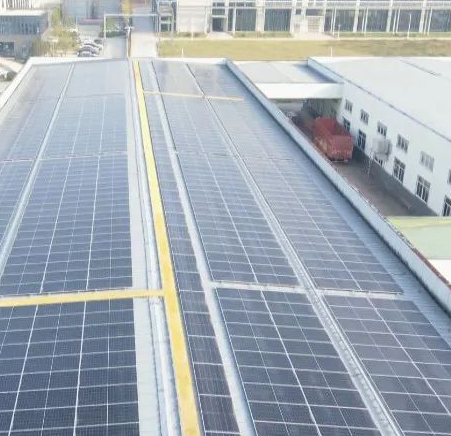The use of portable solar cell chargers is not complicated, but in order to ensure its effect and safety, we still need to understand its correct use, as well as some precautions in the selection and maintenance.
Portable solar cell charger usually includes a solar panel, charge controller, battery and output interface. When the solar panel generates an electric current under sunlight, the internal battery is charged through the charge controller or the external device is charged directly. Some advanced chargers can also adjust the output voltage and current to better match the charging needs of different devices.

first, you need to choose according to their own devices suitable portable solar battery charger, Consider its charging power, battery capacity, output interface type, portability, water and dust resistance and other factors.
When in use, be sure to face the solar panel towards the sun to ensure that there are no obstructions affecting its absorption of solar energy. Some chargers come with an Angle holder that points at the sun, which can help you catch the sun better.
Next, connect the device that needs to be charged to the charger via a USB cable or other suitable interface. In clear weather, simply wait for the device to show charging status. If your charger comes with a battery storage function, you can also pre-charge the battery when the sun is shining, and then charge the device when needed.
During the charging process, pay attention to check the charging condition of the device and the temperature of the charger to avoid overheating. If the weather changes or the solar panel steering is not good, it may affect the charging efficiency, at this time you need to adjust the position of the solar panel or wait for better lighting conditions.
After use, the charger and all accessories should be properly stored to avoid rain, dust or bump damage to the equipment.
In order to extend the service life of portable solar cell charger, the correct maintenance and maintenance is very necessary. First, clean the solar panel regularly, which can be gently wiped with a soft cloth to maintain its ability to absorb sunlight efficiently.
Second, avoid exposing the solar charger to extreme high or low temperatures for a long time, which may damage the battery and electronic components. When used in the rainy season or dusty environment, ensure that the waterproof and dust cover of the charger is closed well to avoid moisture and dust.
In addition, do not disassemble the solar charger at will, and seek the help of professionals to repair it when it encounters a failure. And to regularly check the line and socket for wear or damage, to ensure the use of safety.
Finally, if you do not use a portable solar cell charger for a long time, you should store it in a dry and cool place, and regularly charge the built-in battery for maintenance to keep it in the best condition.
In general, portable solar cell chargers are an energy-saving and environmentally friendly mobile power solution. With proper use and careful maintenance, they can not only provide convenience for our daily life and outdoor adventures, but also become an important guarantee of power supply in emergencies.